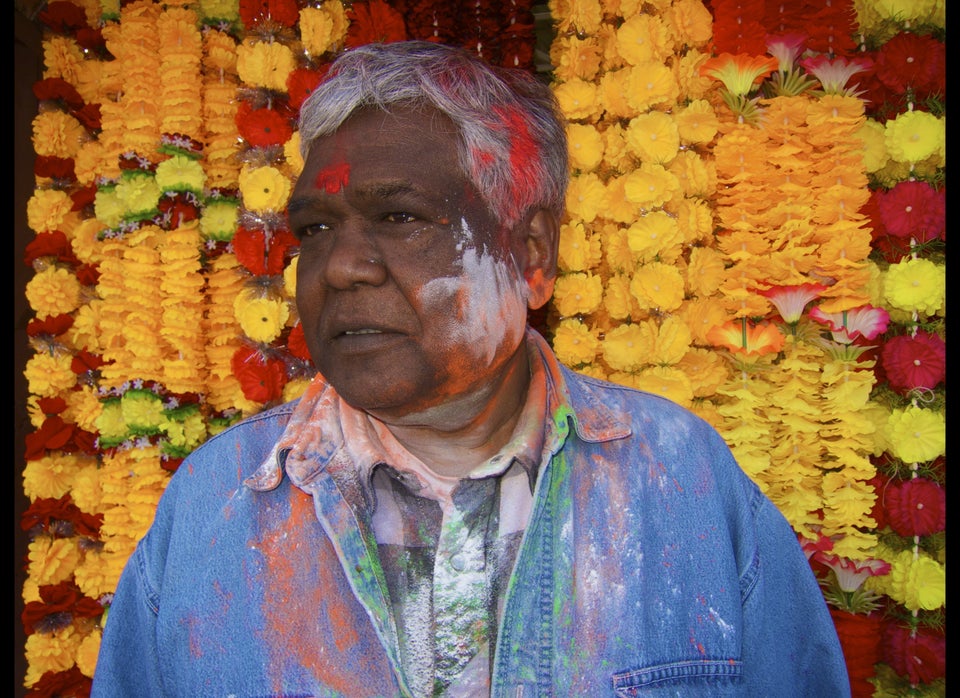At Taj Mahal, a red-turban-wearing Sikh man played the Dilruba, a string instrument similar to a sitar, as I ate chicken vindaloo with paratha, a layered bread fried in butter.
I was not in Agra. I was at a restaurant in New York City's East Village looking for ways to experience elements of India without leaving home. By observing differences between the real India and the India of New York City, I learned many important cultural lessons:
Mealtime Peace
As leaders of Pakistan and India work toward future diplomacy from a past of nuclear standoff and military conflict, immigrants from both countries convene here in peace. At Haandi Restaurant on Lexington and Twenty-Eighth Street, cab drivers from India and Pakistan enjoy meals and sometimes pray together. New York's cultural convergence gives me hope for amicable international relations, even if they are settled over a mean spiced tea with milk.
Seeking Sikhism
Hinduism may be the majority religion of India, but it's not the only one. Sikhism, a monotheistic religion originating from the Punjab region, comprises 2% of India's population. Traditionally, men in the Sikh community wear turbans, called dastaars. After the 9/11 attacks, turban-wearing Sikhs in New York City were often subject to hate crimes and discrimination. Organizations like the Sikh Coalition formed to defend their rights and promote education about the religion.
Indian Cuisine's Vocabulary
Palak paneer, uttapam, tikka masala: don't let these foreign words frighten you from trying something new. Mastering menu speak for Indian cuisine takes a lot practice and eating. India has a prolific amount of regional foods with diverse flavors, spices, and culinary elements. While they easily differ most from each other, there are also substantial differences between Southern and Northern Indian food. In the north, dishes are said to be less spicy, incorporate meat, and come accompanied by breads like naan or poori. Southern Indian food tends to be more spicy, primarily vegetarian, and served with rice.
Lassi Love and Dosa Dosage
A sweet lassi is a refreshing beverage made of blended mango pulp (or other fruits) and yogurt. Start your meal here, then remember: the French aren't the only ones famous for crepes. Don't forget Southern India's dosa: a crispy, enormous crepe made with fermented lentil batter. Try it filled with potato masala.
Holi Hair Don'ts
Blonde one day, bright blue the next -- often the case with one of India's most colorful extravaganzas. Last Sunday during Holi, also known as Phagwah, revelers commemorated the arrival of spring by taking to the streets and filling the air with clouds of colorful powder. After celebrating the festival's vibrant, chalk-throwing celebration, many-a merrymaker will bear unanticipated tie-dyed hair. Whether you're in India or New York City, be prepared for these indelible dyes. An hour prior, coat hair and skin in either olive or coconut oil, which will prevent absorption of the colors. Otherwise, as I found much to my chagrin, you'll sport rainbow highlights.
Check out other Holi Festival highlights in New York City here:
